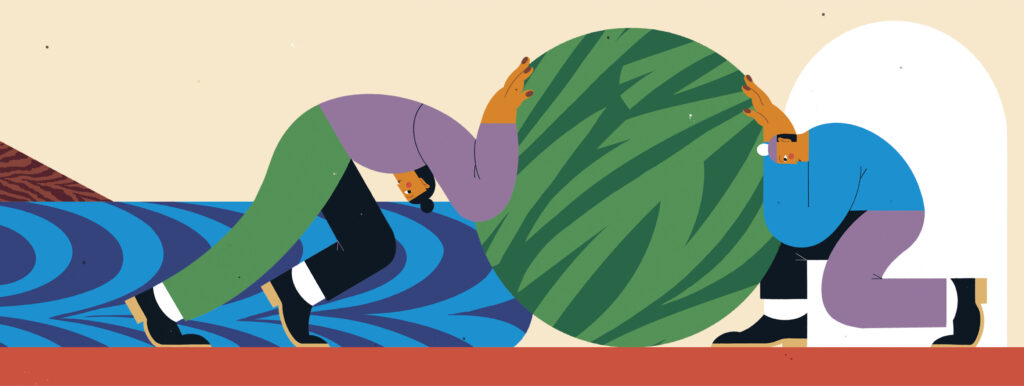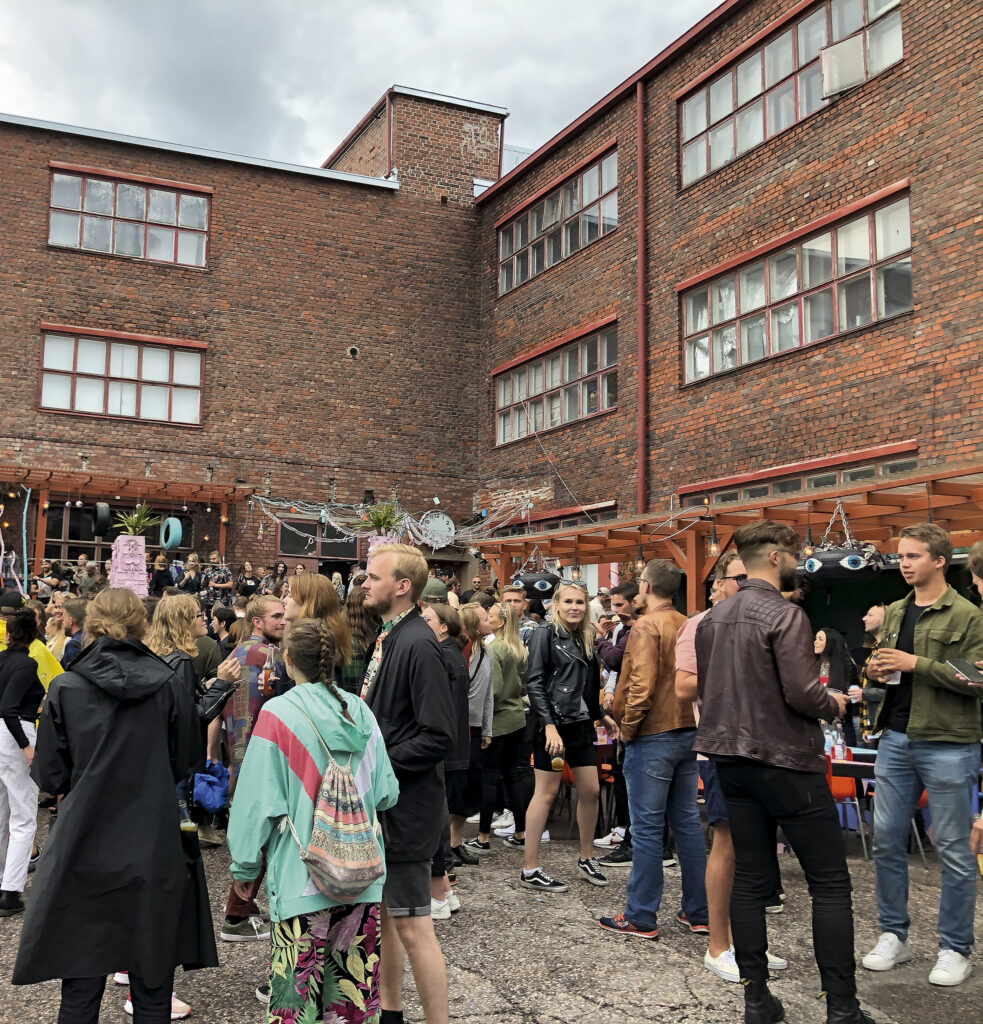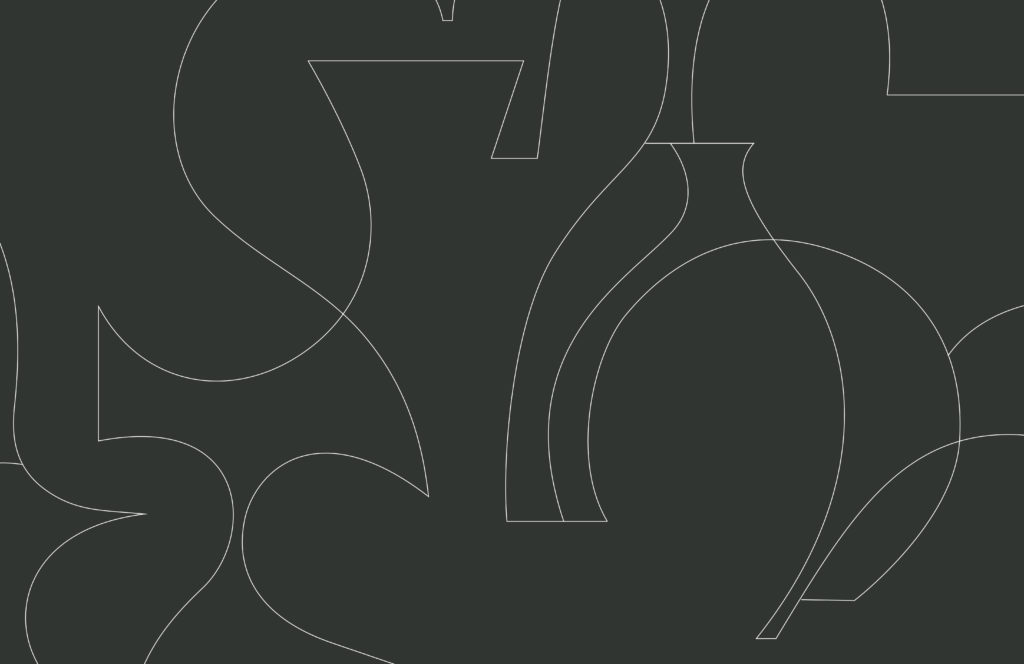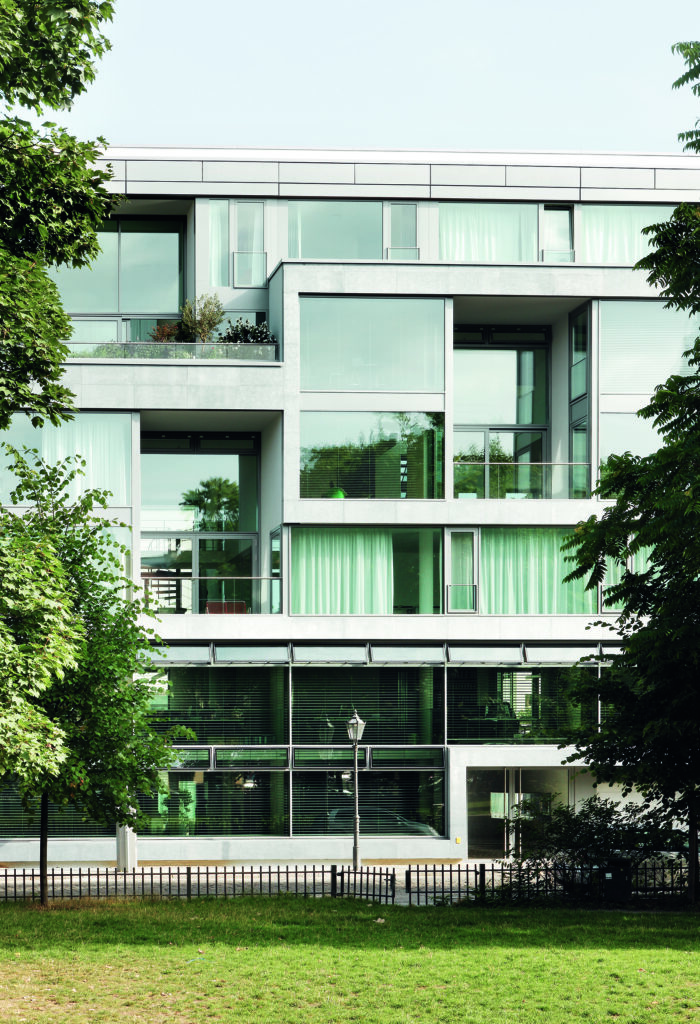Editorial 3/21: Eternal Values?
Ecclesiastical buildings form the longest continuum in the Finnish architectural heritage, as the oldest stone churches have been in continuous use for at least 600 years. These buildings have also been a central part of the contents of the Finnish Architectural Review throughout its entire existence. During the busiest years of construction, in the 1950s and 1960s, special issues on churches were published annually – and yet many landmark works of the time were still not featured in the journal. Since then, the pace of construction has slowed down, and the previous church-themed issue was published 16 years ago. So, it is high time for a new overview of the situation.
Many current development trends were already evident in 2005, when the then editor-in-chief Harri Hautajärvi outlined the situation in his editorial: membership in the Evangelical Lutheran Church was declining, operational procedures were being renewed, and the relinquishment of underutilised ecclesiastical buildings loomed on the horizon. At present, less than 70% of Finns and under half of the inhabitants of Helsinki are members of the Lutheran Church. It is clear, then, that no new Lutheran churches will be built in the future, except under exceptional circumstances.
The bigger question is, what happens to the hundreds of churches, chapels, and parish centres owned by the Lutheran Church, many of which are among the best architecture of their time? As tax revenues decline, parishes cannot afford to maintain their property holdings accumulated during years of prosperity, and so difficult choices lie ahead: which buildings will remain in use and which ones will be relinquished? But how can the values of the medieval stone church, the 19th century clergy house and the 1980s parish centre be compared at all? In this equation, the weakest position is often held by the most recent buildings, where a common agreement about their value has not yet had time to formulate. The selection is also influenced by the structural problems of post-war architecture which often require costly repairs, and the value of the plots as real-estate development projects. Thus, even the buildings designed by Juha Leiviskä and Pekka Pitkänen, the most internationally acclaimed designers of modern Finnish church architecture, have not escaped the threat of demolition.
Over the past decade, the triangular shape has become a defining feature of Finnish church architecture.
The situation has also raised the issue of the reuse of church buildings. In Central Europe, ecclesiastical buildings have long been transformed into museums, concert halls, commercial premises and even residences. In Finland, the few examples include the conversion of Greek Catholic garrison churches into Lutheran churches or into secular use after Finland achieved independence. These transformations have been easy to condemn in retrospect as nationalist vandalism, but soon Lutheran church buildings may also be subject to similar transformations. So, would it be worth defining in advance the parameters for what kind of converted use would be appropriate for a church or parish centre: a shop, a gym, or a mosque?
This issue of the Finnish Architectural Review presents four ecclesiastical buildings that illustrate the above-described trends. Ylivieska Church has been built as a local community effort, replacing the wooden church destroyed in an arson attack. Building methods and a design language known to be sustainable were used to achieve a monument that will last for centuries. In the case of Tikkurila Church, the indoor air problems in the 1950s church building led to the demolition of all the buildings in the city block and the transformation of the area owned by the parish into a much more condensed residential block. The obvious danger of the concept is the loss of the special character of the church, but in this case the parish premises can justify their place in the urban space. In Myllykoski, the parish has centralized its activities by extending the 1930s church, and in Lempäälä, a chapel for summer use has been built by volunteers in connection with a church camp centre.
The unifying feature of all four buildings is a triangular cross section, which can be seen as a reference to both the medieval stone churches and the Holy Trinity. Over the past decade, the triangular shape has become a defining feature of Finnish church architecture, first as asymmetrically segmented pieces and in recent years as strictly symmetrical compositions. The archetypal form has provided Finnish architects many times before with a means to create a link with the long tradition of church building, without succumbing directly to imitation. The danger in using such an obvious theme, however, is that it will not yield to new interpretations for very long, as was seen when steep-roofed churches were last popular in the 1940s and 1950s.
In addition to buildings designed specifically for religious use, experiences of the sacral can be found in many other areas, such as art and nature. An impressive example is the recently opened Blick exhibition at the Amos Rex Art Museum in Helsinki, where the works of visual artist Raija Malka and the music of composer Kaija Saariaho form a multi-sensory spatial experience. Architectural installations and a subtle soundscape that take inspiration from the tradition of modernism draw the viewer’s attention inwards, like religious art and architecture at its best. ↙




